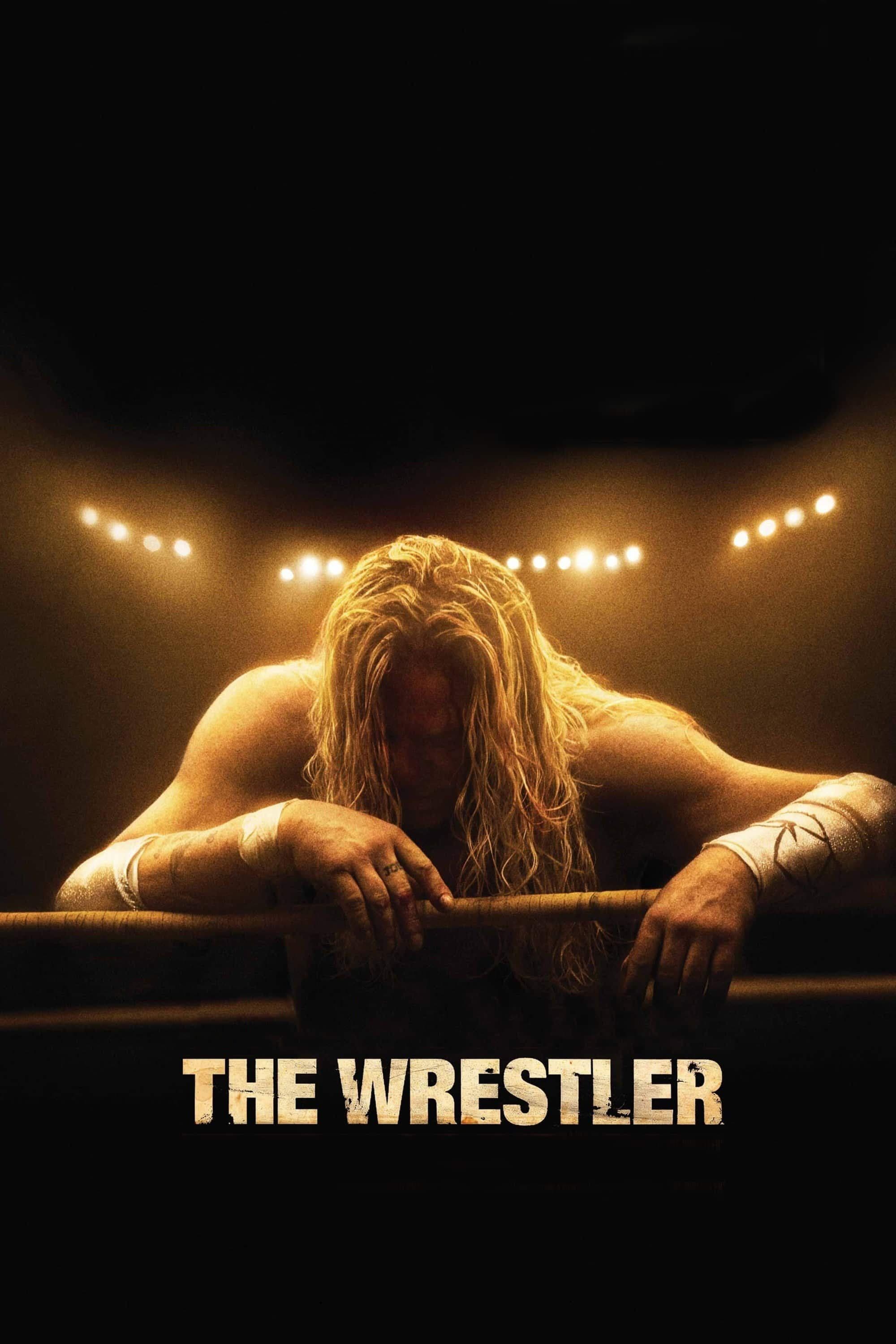
The Wrestler
2008
Rate this movie
Average: 0.00 / 5
(0 votes)
Director
Defeat is one of the themes Darren Aronofsky loves to explore most in his works, tackling it with an almost obsessive tenacity. Defeat understood not merely as an adverse outcome or a pragmatic failure, but as a gradual drift away from a society hostile and, in some ways, perverse in its resistance to imperfection, weakness, and marginalization. It is a common thread that runs through his filmography, from Pi, with its obsessed mathematician lost in the search for a universal number, to Requiem for a Dream, where the descent into the abyss of addiction is irreversible, to Black Swan, which explores the chasm of self-destruction in the name of artistic perfection. In every film, Aronofsky stages an intimate journey within characters so focused on pursuing their goals that they fatally distance themselves from the rest of humanity, finding their damnation in the sublime.
We have deeply loved Darren's defeated, titanic figures in their fragility, and we surely also love Randy "The Ram" Robinson, the old wrestler with a heart condition who is the protagonist of "The Wrestler." A worn-out icon, on the fringes of society, struggling to keep pace with daily life, almost transformed into a relic of a bygone era. The film, presented in 2008, arrived at a time of great reflection on the American myth and its worn-out figures, fitting into a genre we could almost define as "metropolitan western," where the tired hero fights his last, desperate battle not in the desert, but in squalid suburbs and cheap arenas.
After starring in a brutal match where doctors found severe heart damage, Randy The Ram has no choice but to abandon wrestling and try to stay afloat. His attempt at reintegration into the "normal" world is one of the most painful and significant passages of the film. He tries to work in a supermarket, a scene that is a masterpiece of humiliation and contrast: the aseptic neon lights of the deli department against the dazzling spotlights of the ring, the required servile courtesy against the roar of the crowd, the micro-tyranny of his superior against the Ram's self-proclaimed royalty. At yet another humiliation, he quits everything with unprecedented rage, a surge of wounded dignity that reiterates his inability, or perhaps his ontological refusal, to bow to the rules of a world that does not acknowledge his past greatness.
In his wandering, he meets Cassidy, a stripper who shares with him a sense of defeat and the commodification of her own body, and he falls in love with her. Theirs is a love story that cannot fully blossom, a bond between two damaged souls who recognize each other but cannot save one another. She is a "performer" like him, but her arena is nudity, her crowd a handful of lonely men. There is a deep resonance between their worlds: both sell illusions, both barter a part of themselves for survival, both desperately desire an authentic connection. But his dream, his curse, and his only true identity, is to return to fighting, despite everything and everyone.
This deep dive into a wounded soul is made possible by a magnificent performance from a surprising Mickey Rourke, an actor who, with this film, makes a sensational comeback. His performance is not just acting; it is an act of catharsis, an almost mystical mimesis between actor and character. Rourke's haggard face, marked by real and cinematic battles, his once iconic and now battered physique, become the canvas on which Aronofsky paints Randy's portrait. His own career, made of youthful glories, ruinous falls, and attempts to rise again in the world of boxing and then B-movies, merges with the film's narrative, creating a meta-narrative of redemption and fall that amplifies the emotional resonance of the film. It is almost impossible to separate Randy from Rourke, and this symbiosis is the beating heart of "The Wrestler," transforming a simple sports drama into an existential inquiry into resilience, identity, and the search for meaning in a world that seems to have forgotten its heroes.
A vortex of disillusionment, bitterness, and marginalization revolves around this story, not only Randy's personal one, but the broader one of a certain idea of America, of an entertainment industry that consumes and discards, and of an existence that becomes increasingly precarious for those who do not adapt. But also a delicate love story, whispered like a faint song in the background, penned by the warm, broken voice of Bruce Springsteen, whose "The Wrestler" is not just the soundtrack, but the musical epitaph, a blues lament for the common man, the last cowboy of the ring.
The simulated violence of the ring, with its pre-arranged choreographies and its "kayfabe" (the fictional reality of wrestling), serves as a counterpoint to the far-from-fictitious violence of real life. In the square circle, Randy is "The Ram," invincible, an icon. Outside, he is Robin Ramzinski, an ordinary man, vulnerable and defenseless against the hardships of daily life. It is here, in the silent brutality of broken relationships, shattered dreams, bills to pay, and workplace humiliations, that the old wrestler fights his toughest match, a fight without rules or referees.
The final scene is very touching and unforgettable, a climax of poignant beauty and ambiguity. The old lion of the ring sets off for his last match, not a triumphant celebration, but an inevitable step towards certain death or, at the very least, total physical destruction. His last words on the microphone, a heartbreaking farewell addressed to the only person who cared about him – his daughter Stephanie, with whom he had attempted a failed reconciliation – resonate as a creed: "The only place I really get hurt is out here, in life." It is a phrase that encapsulates the entire philosophy of the character and the film: in the ring, despite the excruciating physical pain, he is in his element, he is "The Ram," protected by the illusion of control and the roar of the crowd. Outside, in real life, he is alone and powerless. His final fall, his leap from the top rope, is not just a wrestling move, but an act of liberation, a supreme gesture of will. It is his way of choosing his own end, of asserting his identity until his last breath, transforming defeat into a tragic, glorious triumph of will. In that final frame, Randy ascends, not towards heaven, but towards the myth he has built, the only place where he can, finally, be himself.
Genres
Countries
Gallery

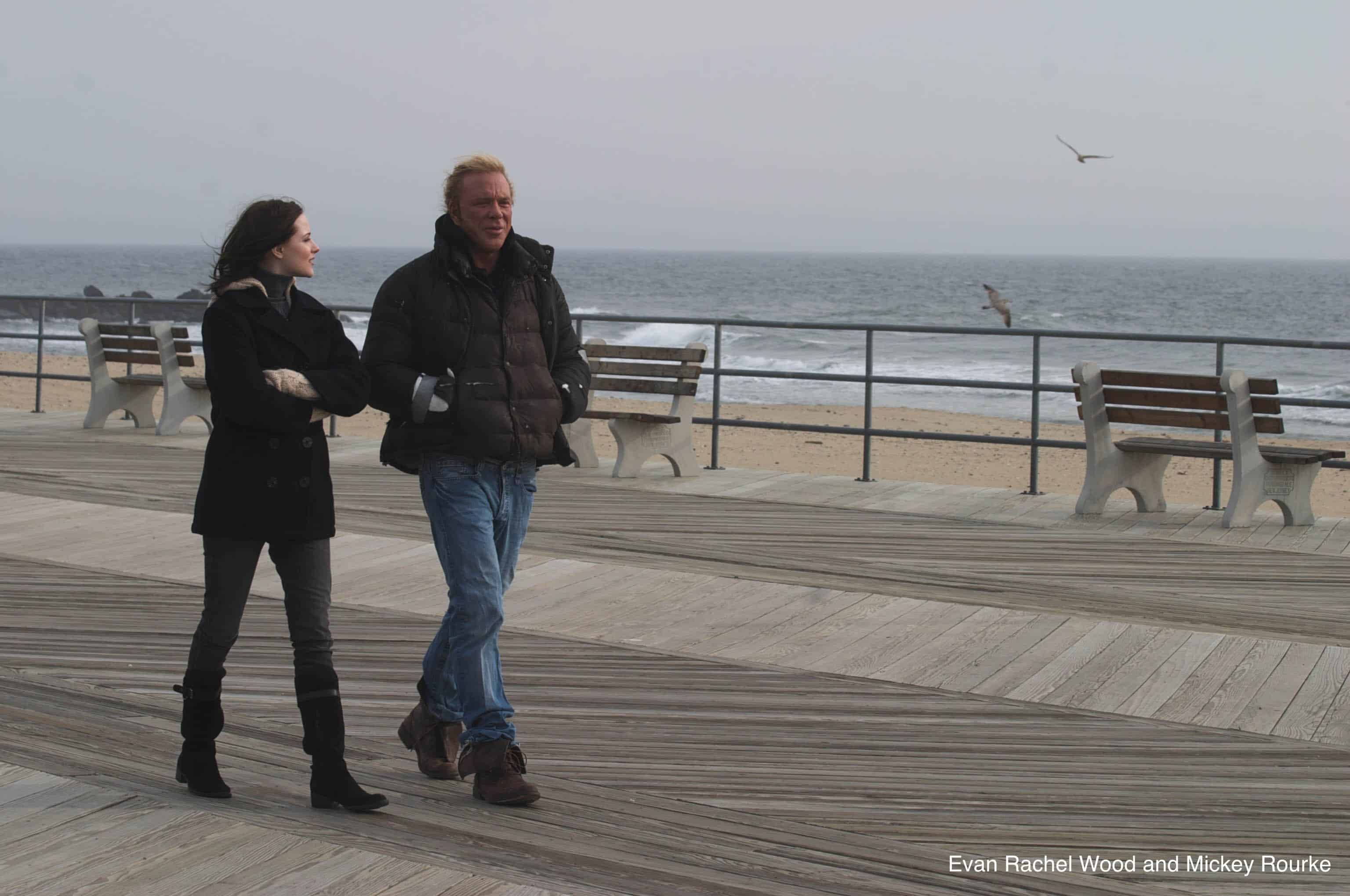

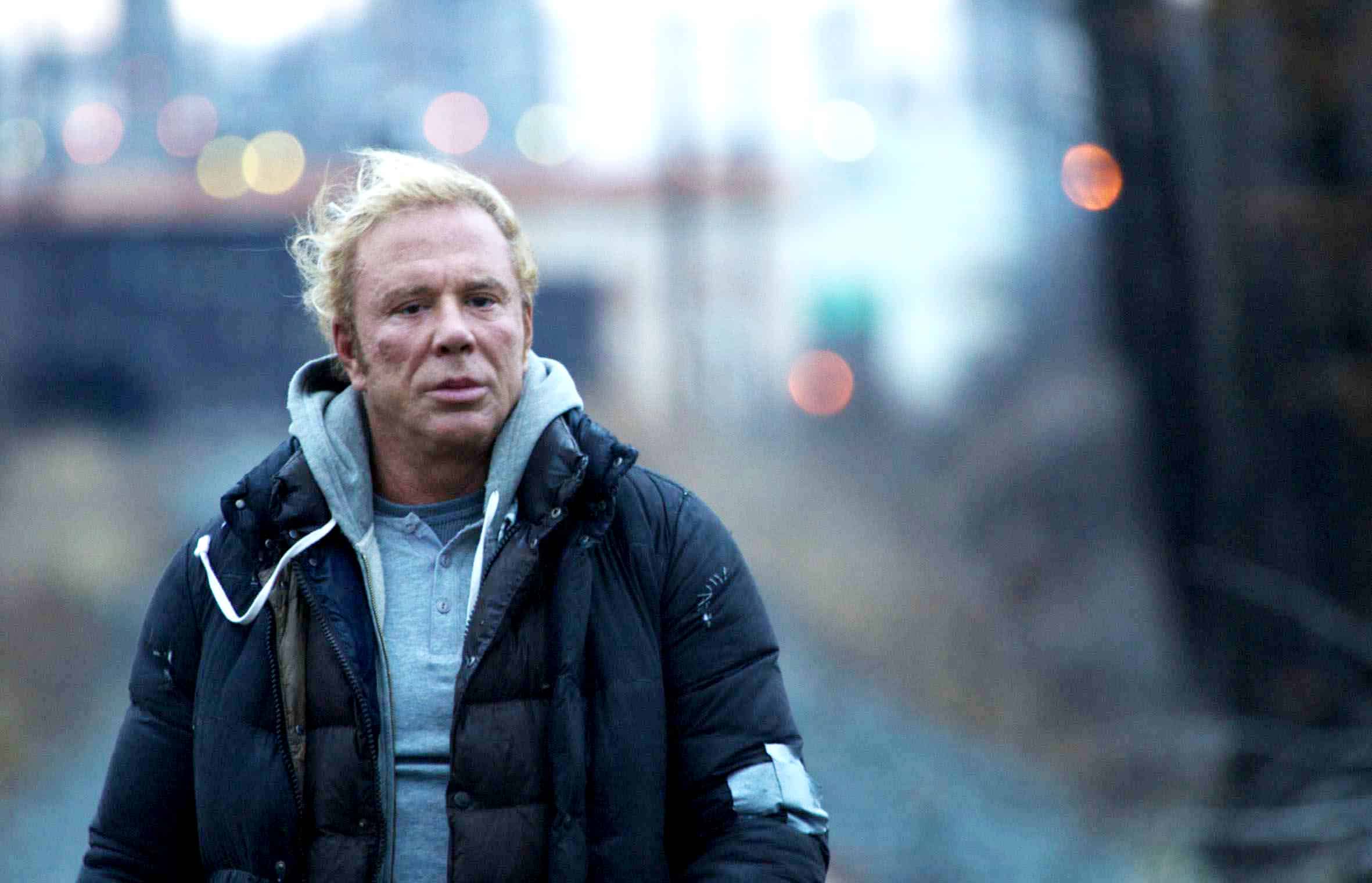


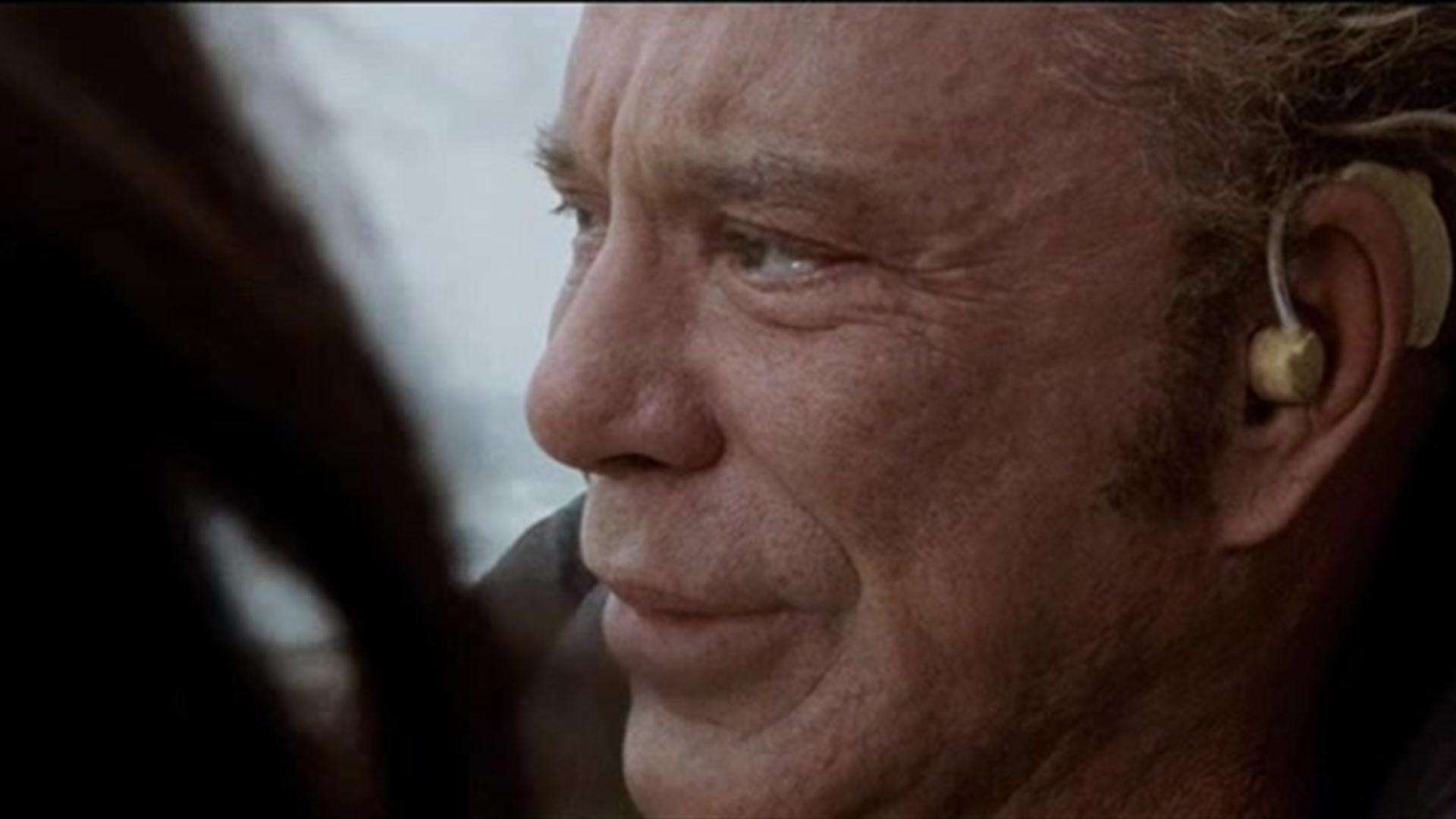
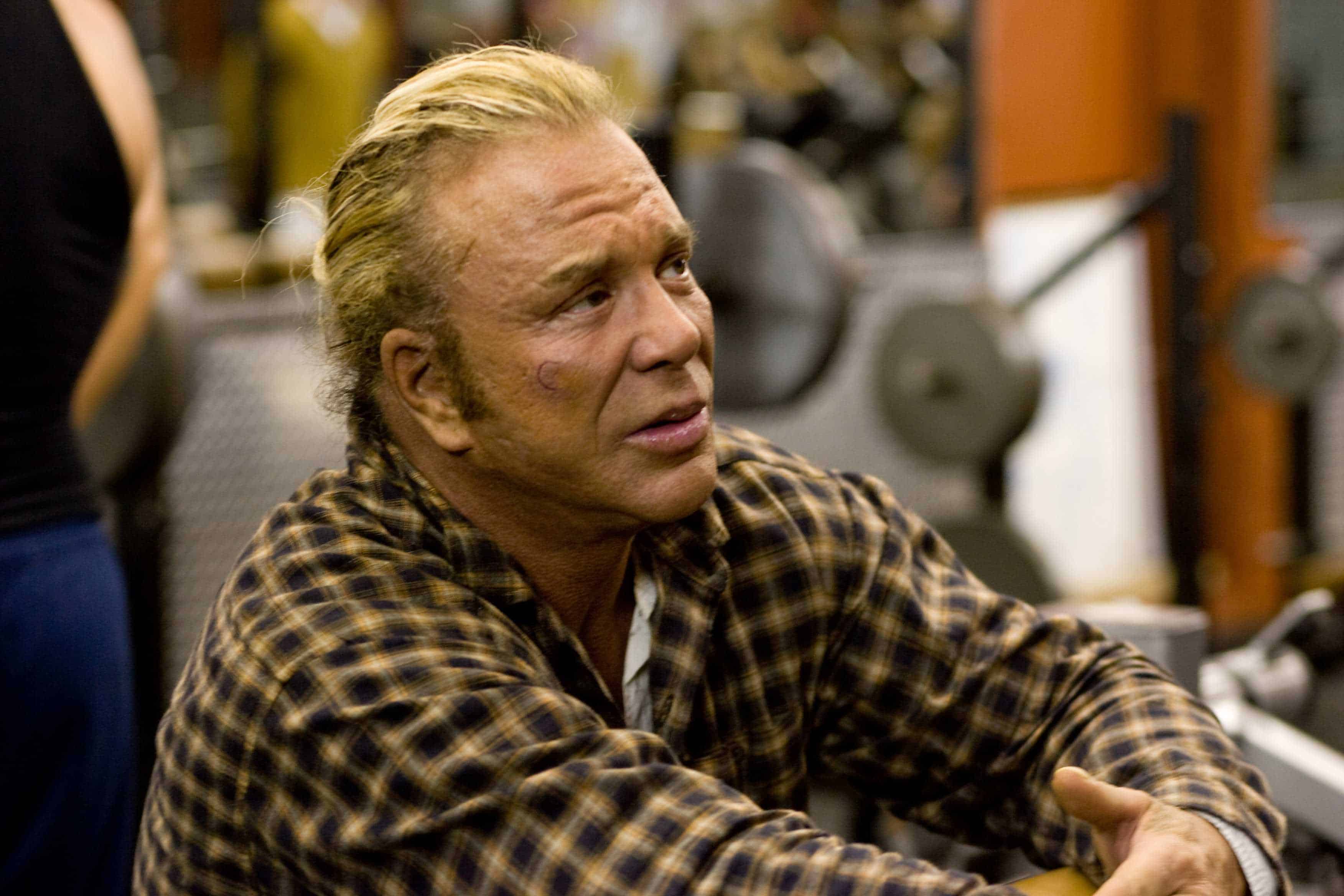
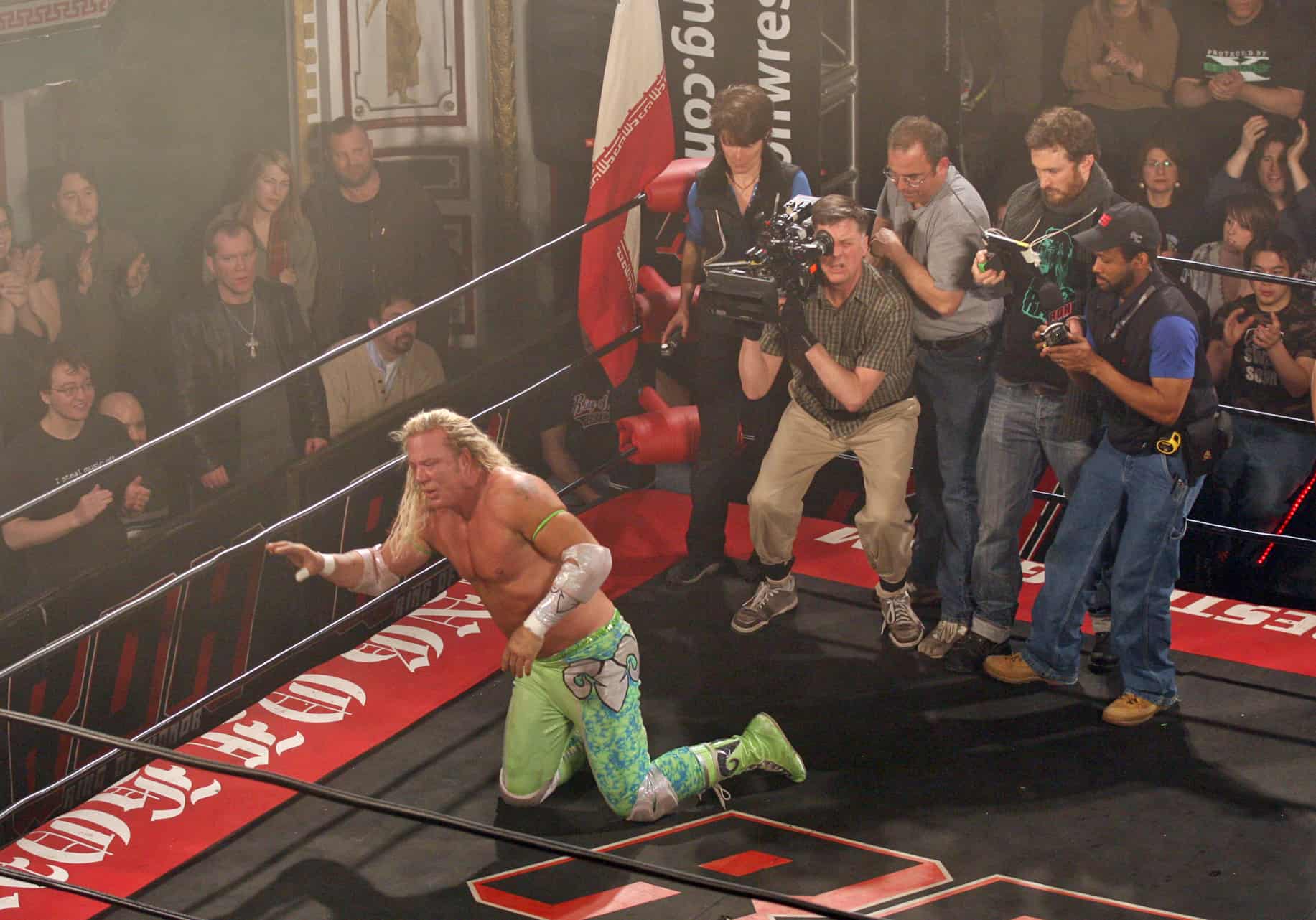
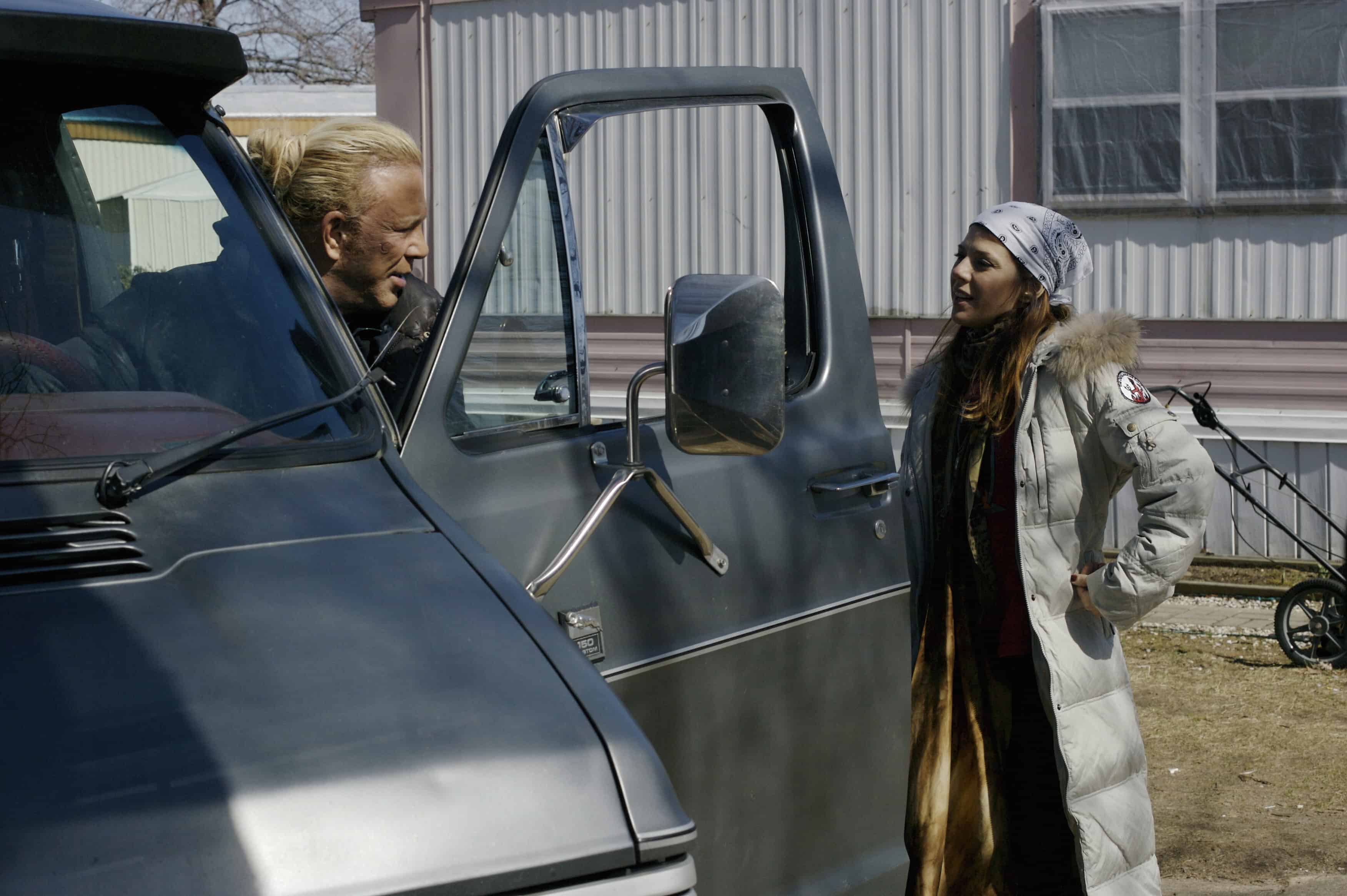
Featured Videos
Official Trailer
Comments
Loading comments...